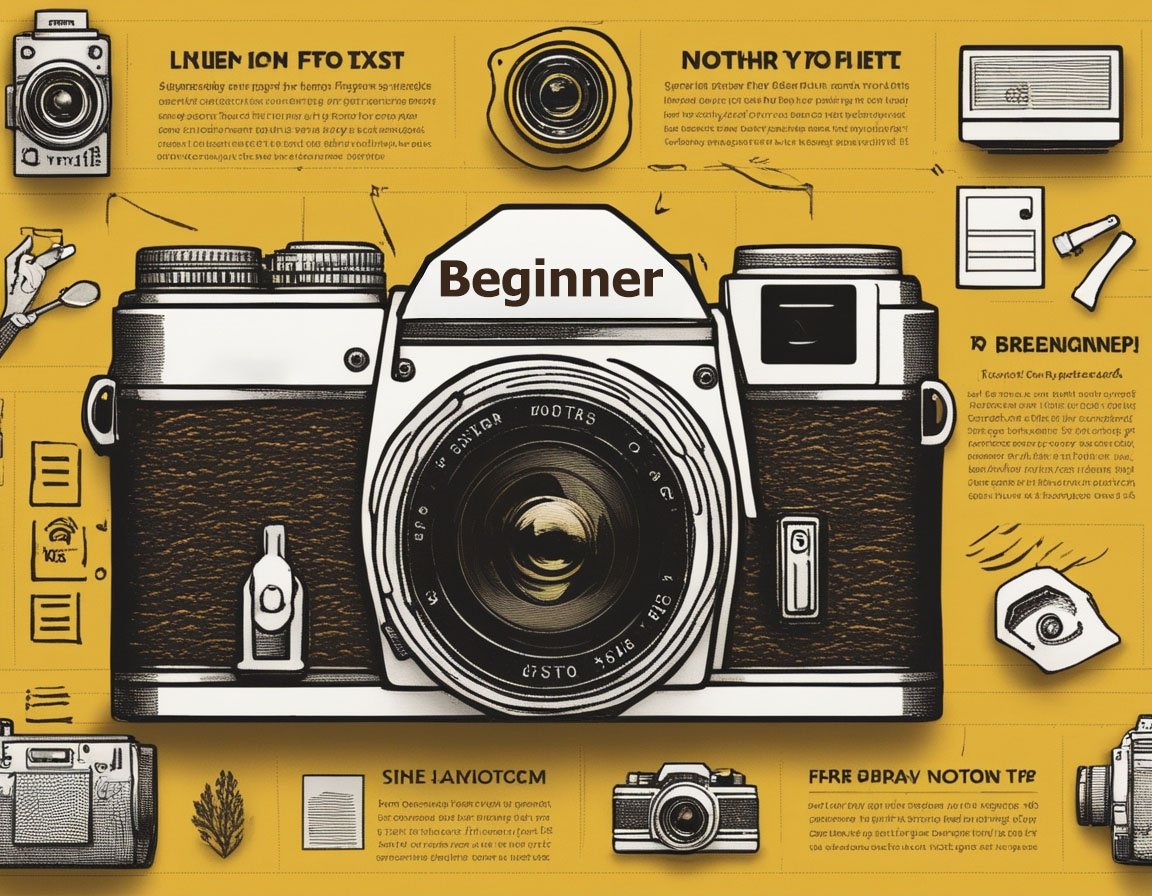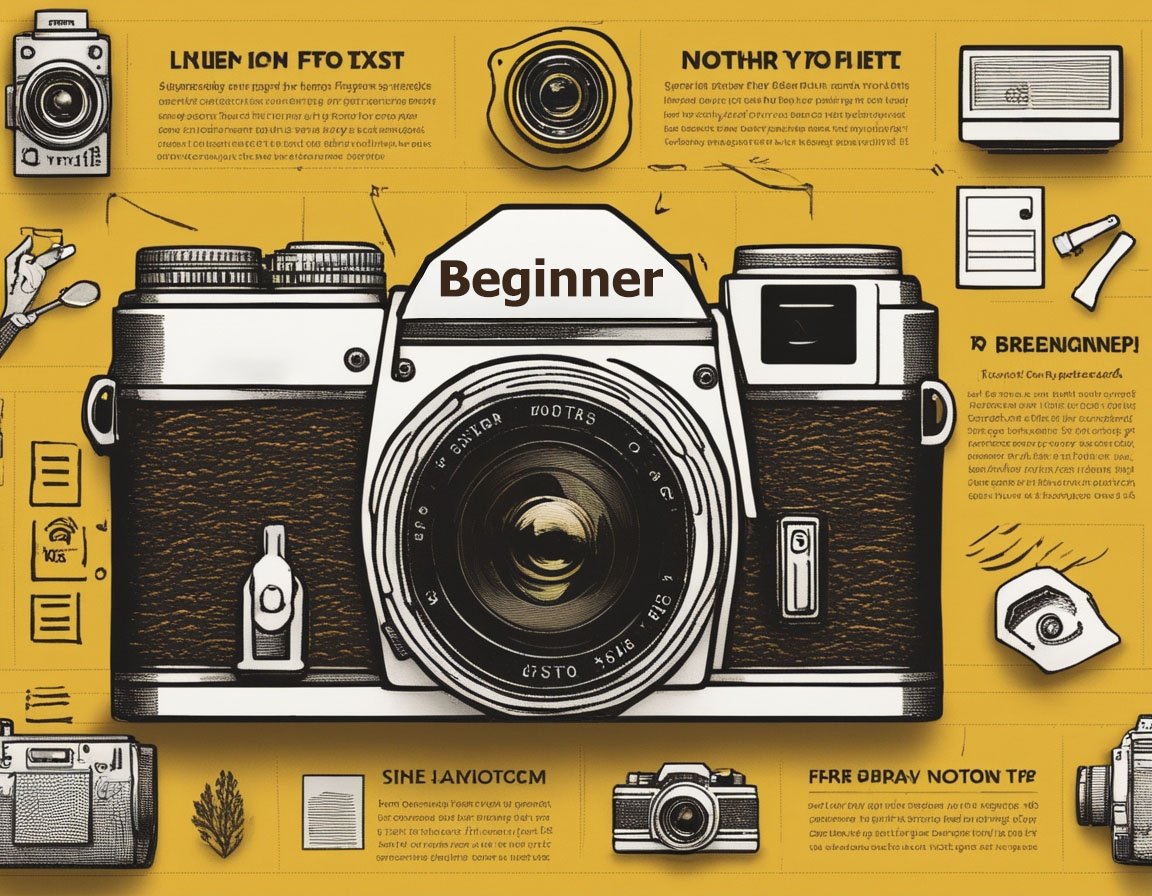Understand Your Camera Settings
The first step in avoiding common beginner photography mistakes is to familiarize yourself with your camera settings. Beginners often stick to auto mode, which limits creative control. Spend time learning about aperture, shutter speed, and ISO to manipulate exposure effectively. These settings are fundamental to mastering photography and will enable you to take full control of how your images turn out. Understanding how they interact will allow you to shoot in manual mode confidently, resulting in more dynamic and engaging photos.
Properly Use Focus
Out-of-focus images are a frequent issue for beginners. Ensure that your subject is sharp and the camera is correctly set to autofocus mode if needed. Most cameras provide multiple focus-point options. Selecting the correct focus mode—such as single-point for still subjects or continuous focus for moving ones—can make all the difference. Dive into your camera’s focus system capabilities and practice focusing on various subjects to build muscle memory and improve accuracy.
Pay Attention to Composition
Strong composition is a hallmark of excellent photography. Neglecting this aspect can lead to uninspired images. Apply the rule of thirds by dividing your frame into nine equal parts and placing your main subject along these lines or intersections. This technique creates balanced and visually appealing photos. Also, experiment with leading lines, symmetry, and framing to add depth and interest. Understanding these composition techniques will vastly improve your photography and set your work apart.
Master Light Handling
Lighting can make or break a photograph. Beginners often struggle with harsh light, shadows, or inadequate exposure. Learn to identify good lighting conditions, such as the golden hours during sunrise and sunset. These times provide soft, warm lighting, perfect for most photography types. When shooting indoors, practice using natural light by positioning subjects near windows. Understanding how to use reflectors can also help manage shadows and direct light more effectively.
Avoid Over-editing
Many beginners make the mistake of over-editing their photos, resulting in unnatural-looking images. Restraint is crucial for maintaining the authenticity of the photo. Start with basic adjustments such as exposure, contrast, and saturation. Familiarize yourself with editing software, such as Adobe Lightroom or Photoshop, and learn how to use presets and filters subtly. This ensures your photos enhance naturally without appearing oversaturated or unoriginal.
Hold Your Camera Steady
Blurry images can result from camera shake, especially in low light settings. While the tripod is a great tool for stabilization, learn how to hold your camera correctly when you don’t have one on hand. Stabilize your body, grip the camera firmly with both hands, and press the shutter release gently. This simple habit can significantly reduce the chance of capturing blurry images, allowing you to create crisp and clear photographs consistently.
Understand White Balance
White balance is often overlooked by beginners, yet it is essential for true-to-life colors. If not set properly, photos may have unnatural color casts. Experiment with your camera’s white balance settings depending on the lighting condition. For instance, use the tungsten setting for indoor lighting or daylight for sunny outdoor shoots. Mastering white balance leads to more accurate color representation and saves time in the post-processing phase.
Beware of Cluttered Backgrounds
A cluttered background detracts from your main subject. Always assess your scene’s background before taking a shot. Simplify by choosing a clean and unobtrusive background, or use a wide aperture to create a shallow depth of field, isolating your subject by blurring the background. This technique draws attention to your subject and produces professional-looking portraits and still-life photography.
Practice Patience
Many photography issues stem from a lack of patience. Rushing through shots can lead to missed opportunities and poor quality. Take your time to frame your shot and wait for the perfect moment, especially in dynamic scenes like wildlife or street photography. Photography is an art form that requires time to find the right angles, lighting, and composition.
Keep Learning
Beginner mistakes diminish through continuous learning and practice. Engage with photography communities online, participate in workshops, and study the works of master photographers. Viewing photography as a continuous learning journey encourages growth and reduces the likelihood of repeating the same mistakes. Embrace feedback and be open to critique, as these foster improvement and skill advancement.
Regularly Review Work
Regularly reviewing your own work helps to identify recurring mistakes. Compare your photographs, looking for patterns in errors and seeking ways to improve. Develop a habit of reflecting on what worked well in a photo and what can be improved in future shots. This process encourages self-assessment and growth in your photographic journey.
Back Up Your Photos
One of the most stressful mistakes a photographer can make is the failure to back up their photos. Create a routine of backing up your work to multiple locations, such as external hard drives and cloud storage facilities. Not only will this protect your work from accidental deletion or technical failure, but it also facilitates better organization of your photo library for accessing later.
Test Various Angles and Perspectives
Beginners often become comfortable with a particular angle and repeat it, which can lead to static and uninteresting images. Challenge this by exploring different viewpoints—shoot from high above, down at the ground, or from unexpected vantage points. By daring to experiment, you develop a keen eye for creative possibilities, which enriches your photography portfolio.
Work on Timing
Capturing the decisive moment can transform your photography and is especially crucial in event and portrait photography. Train yourself to anticipate events, capturing that fleeting moment that conveys emotion and story. Practice and familiarity with your camera’s shutter speed settings enhance your ability to catch these moments.
Always Check Your Gear
Before heading out for a shoot, always check if your battery is fully charged and if you have enough memory card space. These simple checks prevent frustrating interruptions during shoots. Keep a checklist to ensure you have all necessary equipment, like lenses and cleaning supplies, as this preparation contributes to smoother and more successful photography sessions.
Taking these steps can turn common beginner photography mistakes into opportunities for improvement and creative exploration. By avoiding these pitfalls, you foster better photographic skills and achieve more dynamic, artistic results that showcase your unique perspective.



